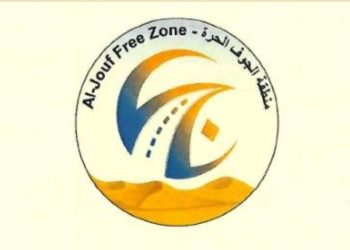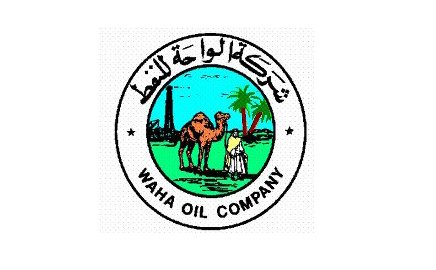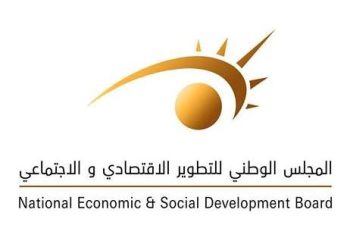By Nigel Ash

Tripoli, 22 February, 2013:
OMV today announced 2012 revenues . . .[restrict]up by a quarter thanks to the resumption of its Libyan operations which at around 33,000 b/d account for ten percent of its production. However the Austrian oil firm cautioned that in its view the situation in Libya remained “volatile”.
The news comes as the Libyan National Oil Company reported that exports exceeded 485 million barrels last year, almost 380 million of which were sold by NOC and its subsidiaries and the rest by its foreign partners. Local consumption meanwhile accounted for almost 53 million barrels.
Libya is now the second largest oil exporter after Nigeria, but has Africa’s largest proven reserves. It has however been a mixed year for foreign oilcos. Last May Shell decided to suspend its Libyan operations and pay off its local staff. Only 48 hours later BP confirmed that it had reached agreement with NOC and was resuming its E&P operations in the country, after it had been forced to declare force majeure at the outbreak of the revolution. However, BP’s plans which involved a restart this autumn have now apparently been put on hold because of security concerns following the attack on the In Amenas gas processing plant in Algeria. By contrast, Wintershall, the oil and gas subsidiary of German conglomerate BASF appears to have made a successful return to Libya, from where it was lifting 100,000 b/d before the revolution.
As told in the first edition of Libya Herald’s Business Eye magazine (downloadable from this site as a PDF), a leaky 52 kilometre pipeline between Nafoora to Amal that threatened resumption of production was replaced in just six months, after NOC chairman Nuri Berruien shook on the deal with Wintershall’s Libya boss Uwe Salge at the end of last March. Moreover, what has been Libya’s largest post-revolution project so far, was financed by Wintershall because at the time, NOC was unable to commit the funding.
Wintershall chairman Rainer Seele, interviewed by Reuters after a recent visit to inspect the project, said he had not seen a change in the security risks in Libya since the In Amenas assault. “We had already increased our security system in Libya, because of the civil war in 2011”, he said.
Production he continued, was now back to 80,000 b/d: “It is a challenge, but we are working hard. It is difficult to give a certain date but we would like to get to 100,000 b/d as early as possible.”
One of the challenges facing all oil companies, both local and foreign, is the availability of outside oil service contractors. The problem is not merely the issue of security, but a high global demand for a limited pool of technical talent, exacerbated by a failure of the worldwide industry to encourage sufficient new entrants into the oil sector.
In what was seen as a move towards greater transparency, NOC gave a break down of its export allocations for 2011. This showed that oil traders had won some nine percent of allocations, whereas in the past Libya had tended to supply only to overseas refiners on long-term arrangements. This was almost certainly a reflection of the readiness of some oil traders to supply fuel on easy terms to Benghazi during the revolution.
A sticking point for most foreign oil companies has Libya’s Fourth Round Exploration and Production Sharing Agreements, dating from January 2005, which are stacked heavily in favour of NOC. The average production share of 88 percent is one of the highest in the world with a large signature bonus and a significant proportion of the E&P risk being borne by the foreign partner.
Last December, oil minister Abdelbari Al-Arusi signalled that the government was prepared to review contracts let since 2005. He also announced a fifth licensing round for this summer. Industry insiders however doubted that the reviews could be completed by then, let alone the technical work underpinning a new licensing round.
[/restrict]









